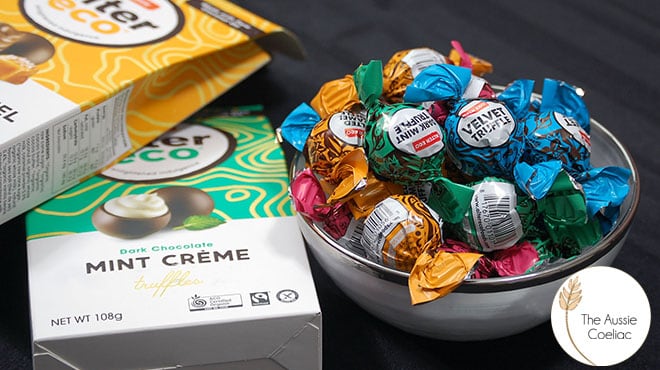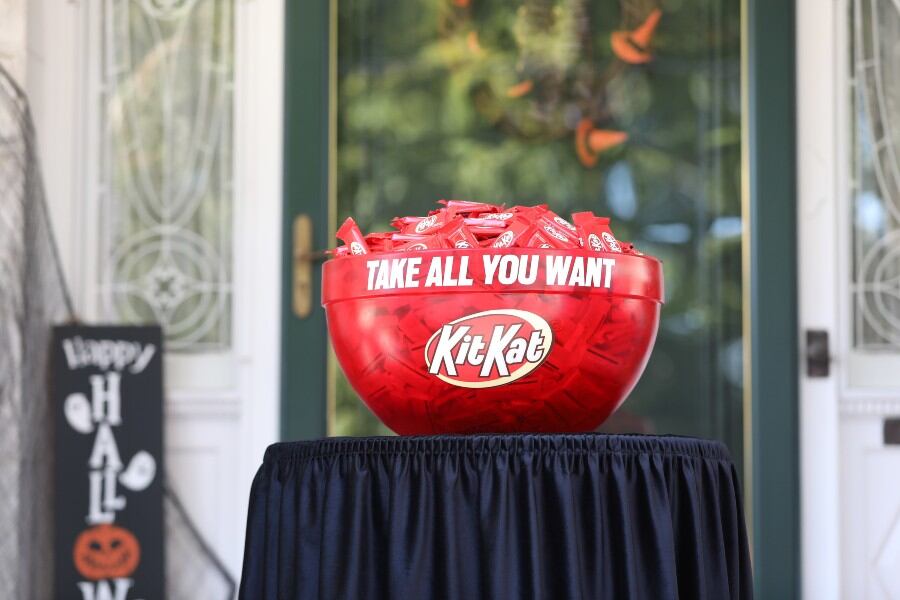- Article updated 22:00 26/10/22 with quotes from the NCA
Although costumes and decorations are major sources of plastic, most of the individually wrapped candies plucked from bowls at parties or hauled home at the end of the night contribute to the scary holiday’s waste problem, it has been revealed.
A recent survey by the National Confectioners Association (NCA) reveals that 93% of Americans intend to celebrate in a big way with plans to enjoy their favourite chocolate and candy treats with sales up this year by 5% on the previous year. The NCA also said through its extended producer responsibility (EPR) proposals/systems its member companies are committed to ongoing efforts to improve the sustainability of packaging for confectionery products like chocolate, candy, gum and mints.
Consumers should use their purchase power as a force for change, voting with their dollars, choosing brands that are treating – rather than tricking - the planet -- Antoine Ambret, Alter Eco Senior Director of Sustainability and Innovation
“Halloween should really be called Plasticween,” Judith Enck, a former senior Environmental Protection Agency official under Barack Obama, told The Washington Post.
She now heads the Beyond Plastics advocacy organization and said: “The holiday is a plastic and solid waste disaster. ”

Clean, green chocolate brand Alter Eco has highlighted the environmental effect caused by trick or treating claiming most candy wrappers are not compostable, biodegradable, reusable, or recyclable, and can take up to 20 years to degrade.
Backyard compostable packaging
Alter Eco’s plant-based truffle packaging was designed to be an alternative to petroleum-based plastic, made primarily from birch and eucalyptus wood pulp. Alter Eco Truffle wrappers are backyard compostable - breaking down in as little as 90 days - so you can compost them even if your local government doesn’t offer these capabilities.
The brand was founded in 2005 by friends and activists, Mathieu Senard and Edouard Rollet. Their goal was to bring delicious foods to conscious consumers, addressing issues of fair trade and environmental impact.
Antoine Ambret, Alter Eco Senior Director of Sustainability and Innovation, told ConfectioneryNews: “In light of climate change, more and more consumers understand that we have to reinvent the way we consume, the way we gather, the way we celebrate, with our planet top of mind. Until now, we’ve been taking our planet for granted and haven’t been paying intention to the amount of resources and waste associated with some of our long-standing traditions like trick or treating.”
He said during the 2022 Halloween season, the National Retail Federation estimates that $3.1 billion will be spent on candy that is individually wrapped in fossil-fuel plastics, and most of it is not compostable, biodegradable, reusable, or recyclable.
Ambret said he would not go as far as calling for Halloween to be banned as it is a long-standing tradition of gathering and celebrating as a community, with families and friends,
“I strongly believe that we will tackle climate change only if we are together, united and strong. Preserving those traditions is important, but we do need to reinvent how we approach resources and waste during those large holidays. In other words, let’s celebrate Halloween but let’s aim to do it without plastics, no matter what it takes: finding plant-based compostable packaging options, baking candy at home wrapping them in compostable parchment paper to pass them around, or trick or treating with something else than candy like craft or cards. I strongly believe that any creative solutions to move away from fossil-fuel plastics is welcome as we reinvent how we approach holidays and community traditions.”
Ambret said that candy lovers can treat — rather than trick — the planet by choosing candy wrapped in plant-based compostable materials, preferably backyard compostable, like the Alter Eco truffles. “Compostable solutions for candy exist,” he said.
Solutions
He told ConfectioneryNews: “As businesses, it is our role to develop and offer solutions that are aligned with our consumers’ demand. In this case, consumers want to continue a tradition that requires convenience – passing around individually wrapped candy – and safety – protecting the integrity of the product from the multiple hands it will go through.
“Consumers should use their purchase power as a force for change, voting with their dollars, choosing brands that are treating – rather than tricking - the planet, and by doing so, forcing the other brands to pay attention, to change their practices. Concretely, major candy brands have access to compostable solutions and could implement the change tomorrow. They just need a strong push – either from consumer demand or regulations – as it is a more expensive option than their current use of landfill fossil-fuel plastic wrappers.”
While in the US there is an argument for a role for federal, state, and local governments to play in repairing and advancing the nation’s broken recycling infrastructure, Carly Schildhaus, NCA Senior Manager of Public Affairs, told ConfectioneryNews: "Chocolate and candy companies are driven by innovation, and their purpose-driven approach includes a focus on packaging sustainability. NCA and its member companies are initiating their own efforts and joining other consumer-facing industries to invest in the development and adoption of innovative packaging materials for common-use consumer products. These efforts are focused on developing packaging that adheres to the highest standards for food safety while also being fully recyclable, compostable or reusable in order to reduce the environmental footprint of confectionery packaging."
The NCA said consumers also play an important role in this process, and leveraging EPR fees to provide education can help eliminate confusion among consumers.
As a brand, Alter Eco helps to regenerate ecosystems and reverse climate change by adopting the following supporting and sourcing from regenerative agriculture, which according to Ambret is currently responsible for roughly a quarter of global carbon emissions.
“By building up soil and restoring dense, diverse forests, we can remove carbon from the atmosphere, he said. “Regenerative agriculture, while restoring ecosystems, naturally diversifies crop yields putting new types of food on cocoa farmers’ tables to feed their families, and reduces farmers’ dependence on fertilizers and heavy machinery as most resources like compost and water is now found in their field (low input model). Once regenerative ecosystems are established, they require much less work to maintain, and improve farmers’ working conditions providing shade and moisture in the fields.”
He said that in 2020, it launched the Alter Eco Foundation, a non-profit to help support and advance regenerative agriculture in its supply chain and beyond. The foundation supports farmers as they transition to regenerative and helps advocate for advances across the industry.
He also said that packaging represents 11% of the brand’s overall carbon emissions. “To keep our carbon footprint low, we make sure our products are packaged in sustainable alternatives to plastic. We estimate that in 2021, we diverted over 14.5 million candy wrappers from the landfill, using plant-based backyard compostable materials instead of PE plastics.”



